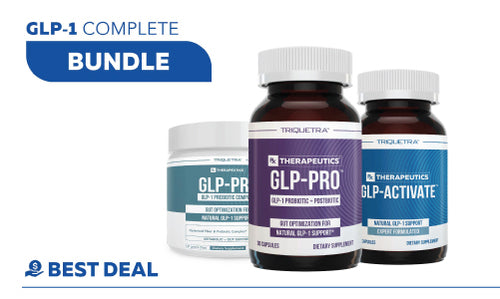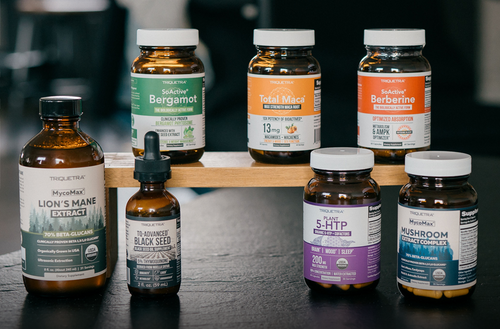regulation, metabolic health, and weight management.
-
Shop
- - - -Shop Community FavoritesFrom best sellers to TikTok trending formulas - these are Triquetra´s fan favorites!Shop Now The GLP Power TrioFeed, balance & nourish your gut while holistically supporting your body's GLP-1!
The GLP Power TrioFeed, balance & nourish your gut while holistically supporting your body's GLP-1! Flora BiomeGut health in a bottle with a 3-in-1 powerhouse of prebiotics, probiotics & postbiotics.
Flora BiomeGut health in a bottle with a 3-in-1 powerhouse of prebiotics, probiotics & postbiotics. - Areas of Health
-
About Us
Discovered in Nature - Optimized by scienceThis is based on the belief that we come from nature. We are not separate from it; within nature is all the abundant bounty we need to achieve optimal health.About Us Quality & integrity without compromise.
Quality & integrity without compromise. What’s New: Advancing Wellness
What’s New: Advancing Wellness - Contact
- Subscriptions
- Login

















